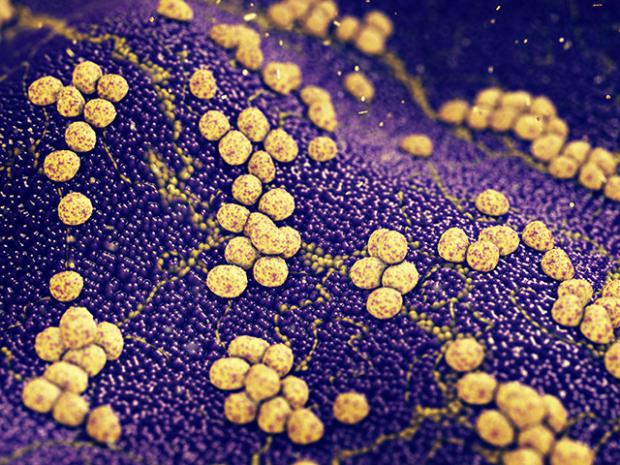
Breaking News
 Street Protests Have Already Begun As The Mainstream Media Stirs Up A Backlash...
Street Protests Have Already Begun As The Mainstream Media Stirs Up A Backlash...
 US Mortgage Rates Tumble To Lowest Level Since April
US Mortgage Rates Tumble To Lowest Level Since April
 The Worst Herbal Mistakes I Know: Read and Learn
The Worst Herbal Mistakes I Know: Read and Learn
Top Tech News
 3D printing set to slash nuclear plant build times & costs
3D printing set to slash nuclear plant build times & costs
 You can design the wheels for NASA's next moon vehicle with the 'Rock and Roll Challenge
You can design the wheels for NASA's next moon vehicle with the 'Rock and Roll Challenge
 'Robot skin' beats human reflexes, transforms grip with fabric-powered touch
'Robot skin' beats human reflexes, transforms grip with fabric-powered touch
 World's first nuclear fusion plant being built in US to power Microsoft data centers
World's first nuclear fusion plant being built in US to power Microsoft data centers
 The mitochondria are more than just the "powerhouse of the cell" – they initiate immune...
The mitochondria are more than just the "powerhouse of the cell" – they initiate immune...
 Historic Aviation Engine Advance to Unlock Hypersonic Mach 10 Planes
Historic Aviation Engine Advance to Unlock Hypersonic Mach 10 Planes
 OpenAI CEO Sam Altman Pitches Eyeball-Scanning World ID to Bankers
OpenAI CEO Sam Altman Pitches Eyeball-Scanning World ID to Bankers
 New 3D-printed titanium alloy is stronger and cheaper than ever before
New 3D-printed titanium alloy is stronger and cheaper than ever before
 What is Unitree's new $6,000 humanoid robot good for?
What is Unitree's new $6,000 humanoid robot good for?
 "No CGI, No AI, Pure Engineering": Watch Raw Footage Of 'Star Wars'-Style Speeder
"No CGI, No AI, Pure Engineering": Watch Raw Footage Of 'Star Wars'-Style Speeder
Put a stop to golden staph infections with Indian wormwood essential oil

(Natural News) Big things do come in small packages, and unfortunately, this also applies to health problems. Bacteria may be the tiniest living organisms, but they can cause some of the worst infections on the planet. A good example of a potentially problematic infection is the golden staph infection.
Caused by the bacteria Staphylococcus aureus, this infection causes skin abscesses, boils, ear infections, and folliculitis, or inflamed hair follicles. Staph infections may also cause serious conditions like pneumonia, osteomyelitis, and endocarditis. Even prescribed antibiotics may worsen staph infection. That is why many people are now turning to natural, organic cures to address this health problem.
Traditional healers have used herbal medicine since ancient times to treat infections, and the scientific community has been extensively studying the mechanisms behind these potent natural remedies. One study, which appeared in the Journal of Essential Oil Research, highlighted the antibacterial activity of Indian wormwood (Artemisia nilagirica) essential oil against nine pathogenic strains, including S. aureus.
Researchers from India analyzed the composition of A. nilagirica essential oil using gas chromatography. Their results showed a total of 41 constituents that accounted for 95.9 percent of the essential oil's total composition:
Monoterpenoids (76.6 percent) represented by artemisia ketone (62.6 percent)
Artemisia alcohol (3.7 percent)
Perillene (3.1 percent)
Bornyl acetate (1.4 percent)
Sesquiterpenoids (16.1 percent) represented by beta-caryophyllene (3.5 percent)
Alpha-muurolol (3.5 percent)
Delta-cadinene (2.1 percent)
Germacrene D (1.8 percent)

 #566: Useless Drinkers
#566: Useless Drinkers

